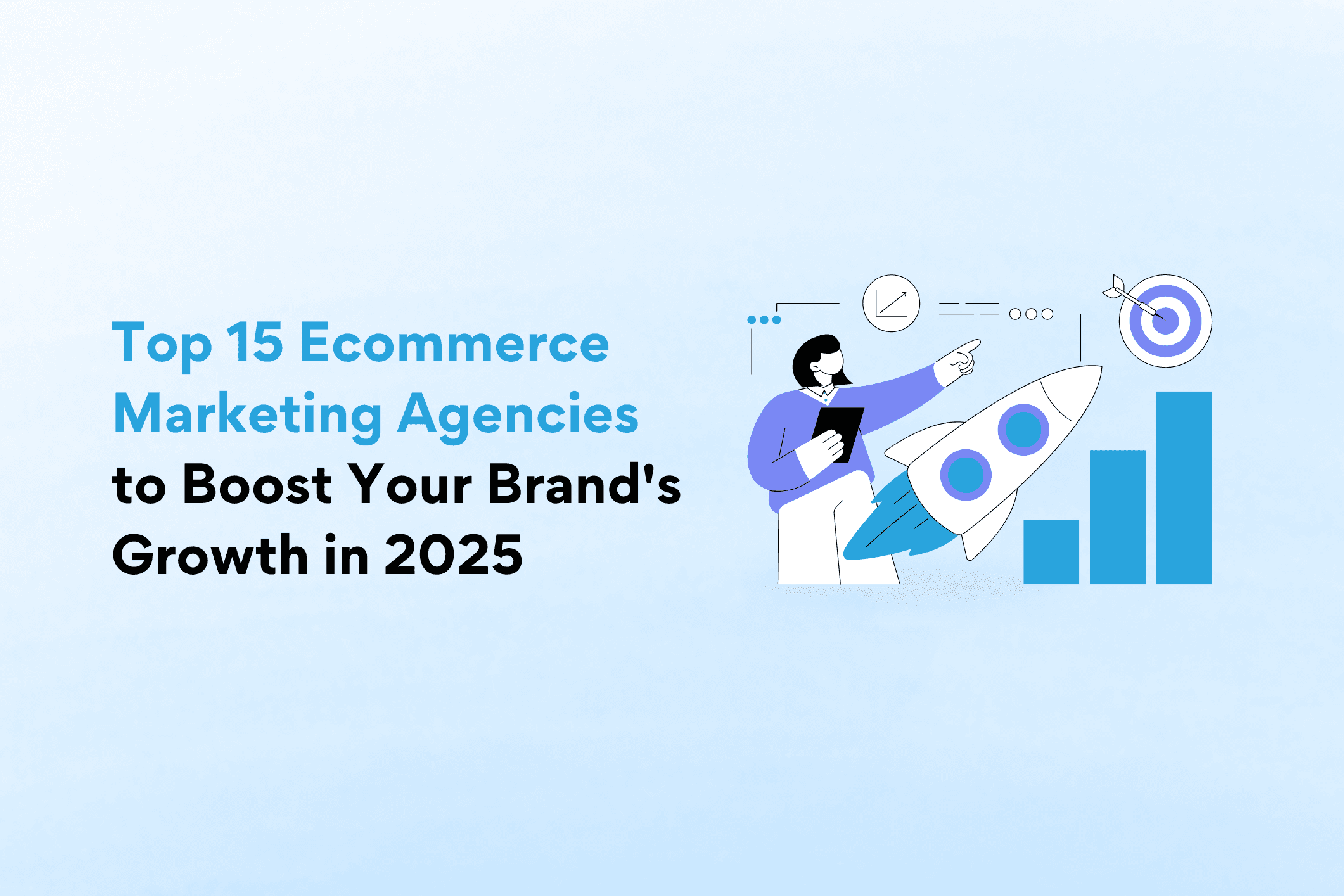Ever curious about how big brands like Gap and Zara master their polished marketing campaigns? 🤔
It’s all about meticulous planning. These campaigns are meticulously crafted, encompassing everything from strategic keyword usage to fine-tuned product descriptions and automated email sequences.
Enter the realm of eCommerce marketing planning. Picture it as the master plan for captivating your customers. A comprehensive marketing plan not only reviews your current marketing tactics but also details your chosen channels and strategies, including cart recovery initiatives and loyalty programs.
So, ready to launch a triumphant eCommerce marketing strategy?
Follow along with this detailed guide 👇
Understanding an eCommerce Marketing Plan
An eCommerce marketing plan is your strategic guide for planning, organizing, and executing your brand’s marketing initiatives.
It starts with assessing your existing marketing foundations, such as SEO and email campaigns, then dives into more intricate strategies like customer segmentation, SMS marketing, and social commerce. Even if you’re already employing these tactics, lacking a structured plan can lead to disorganization and inefficiency.
Many brands struggle with where to begin in crafting a successful eCommerce marketing strategy.
Our suggestion?
Focus on strategies that captivate customers and generate revenue.
Here are eight steps to accomplish this 👇
1. Implement Effective Cart Recovery Strategies
Address the high rate of cart abandonment with personalized, timely recovery campaigns. Use tools for automated recovery sequences that integrate with your eCommerce platform.
2. SEO-Optimize Your eCommerce Website
SEO is vital for more than just blog posts.
Optimizing product pages with keywords, meta descriptions, and backlinks significantly impacts your store’s Google ranking. Effective SEO is key to attracting customers.
Specific SEO tactics for eCommerce include:
🔑 Conducting thorough keyword research.
🤓 Optimizing product pages for mobile and using rich keywords.
🏃 Improving site loading speed.
For instance, Nordstrom excels in SEO, ranking high on Google for targeted product searches.
3. Conduct a Thorough Audit of Your Current Strategy
Begin by analyzing every aspect of your existing marketing plan to identify what works and what doesn’t.
Examine your current strategies, including SEO, social media, and email campaigns, against key performance metrics to gauge customer engagement. Starting with an audit is crucial because it:
🤔 Provides an unbiased evaluation of your strategy.
🔍 Identifies gaps in your marketing plans.
🗑️ Enhances email list hygiene, crucial for deliverability and accurate metrics.
Remember, a content audit is a comprehensive task, so allocate sufficient time to thoroughly assess and rebuild your eCommerce marketing plan.
4. Segment Customers for Targeted Marketing
Customer segmentation tailors marketing to specific demographics, purchase histories, and average order values (AOVs), enhancing trust and loyalty.
Use tools like Sendlane for easy segmentation and targeted marketing based on customer data.
5. Leverage User-Generated Content (UGC)
UGC, like reviews and social media campaigns, builds trust and authenticity in your brand. Successful UGC campaigns, like Lululemon’s #thesweatlife, engage customers and create a sense of community.
6. Maximize Social Commerce
Social commerce is rapidly growing. Tailor your strategy to your target audience’s preferences and behaviors on platforms like Instagram, Facebook, and TikTok.
7. Embrace SMS Marketing
Utilize SMS marketing for direct, personal engagement with customers, offering promotions, alerts, and product information. SMS marketing is versatile and can be used for various strategies, including upselling and abandoned cart recovery.
8. Reward Customer Loyalty and VIPs
Implement a VIP program to appreciate and incentivize loyal customers, enhancing their lifetime value (LTV). Custom rewards programs encourage repeat purchases and referrals.
Growing Your eCommerce with Marketing Automation
Crafting a robust eCommerce marketing plan is challenging. Focus on refining your current strategies, enhancing SEO, and most importantly, engaging your audience. Tools like Sendlane facilitate marketing automation, allowing for personalized email and SMS messaging to nurture customer loyalty and increase sales.
Greg is a digital marketing strategist, ecommerce owner, e-commerce marketing agency owner, and recognized leader in the D2C industry.
With 18 years of experience working with small, medium, and large organizations, Greg knows how to build and execute marketing strategies that drive growth.



